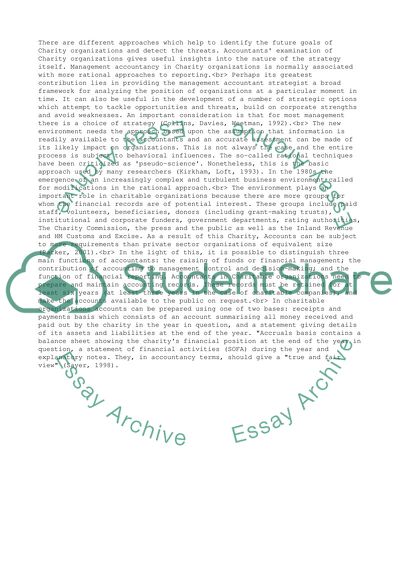Cite this document
(“Management Accounting and the Environment Essay”, n.d.)
Management Accounting and the Environment Essay. Retrieved from https://studentshare.org/business/1528558-management-accounting-and-the-environment
Management Accounting and the Environment Essay. Retrieved from https://studentshare.org/business/1528558-management-accounting-and-the-environment
(Management Accounting and the Environment Essay)
Management Accounting and the Environment Essay. https://studentshare.org/business/1528558-management-accounting-and-the-environment.
Management Accounting and the Environment Essay. https://studentshare.org/business/1528558-management-accounting-and-the-environment.
“Management Accounting and the Environment Essay”, n.d. https://studentshare.org/business/1528558-management-accounting-and-the-environment.


